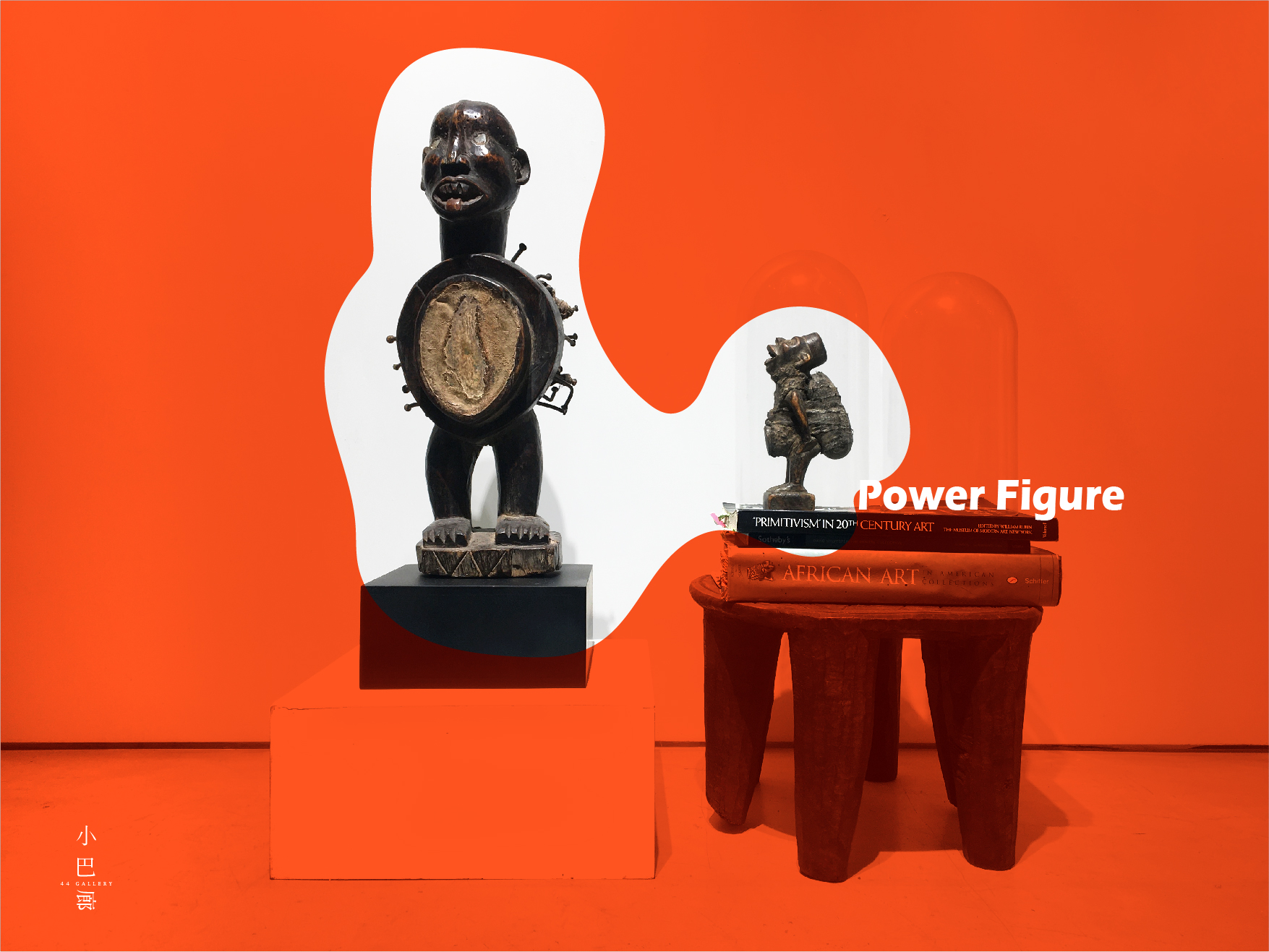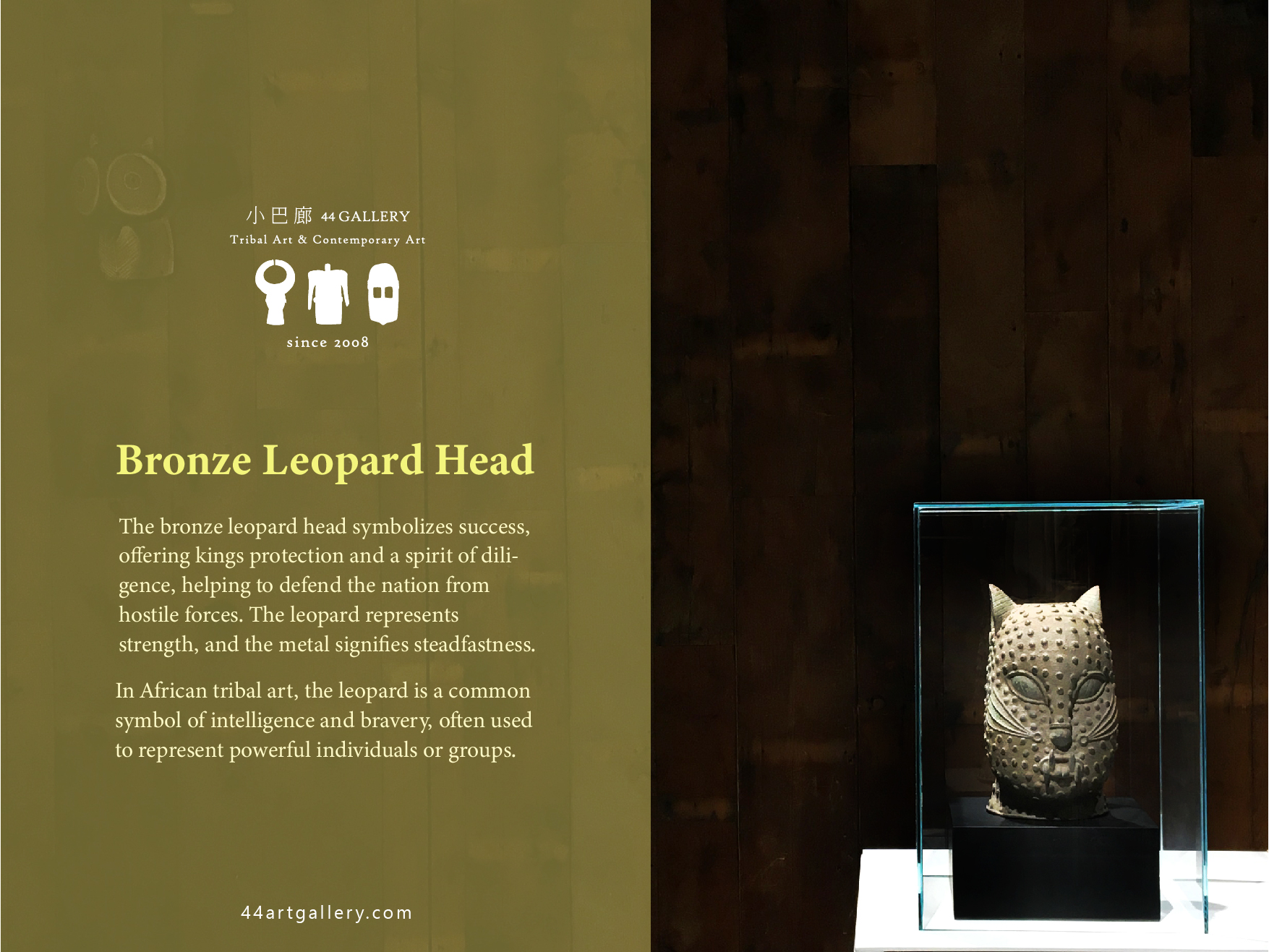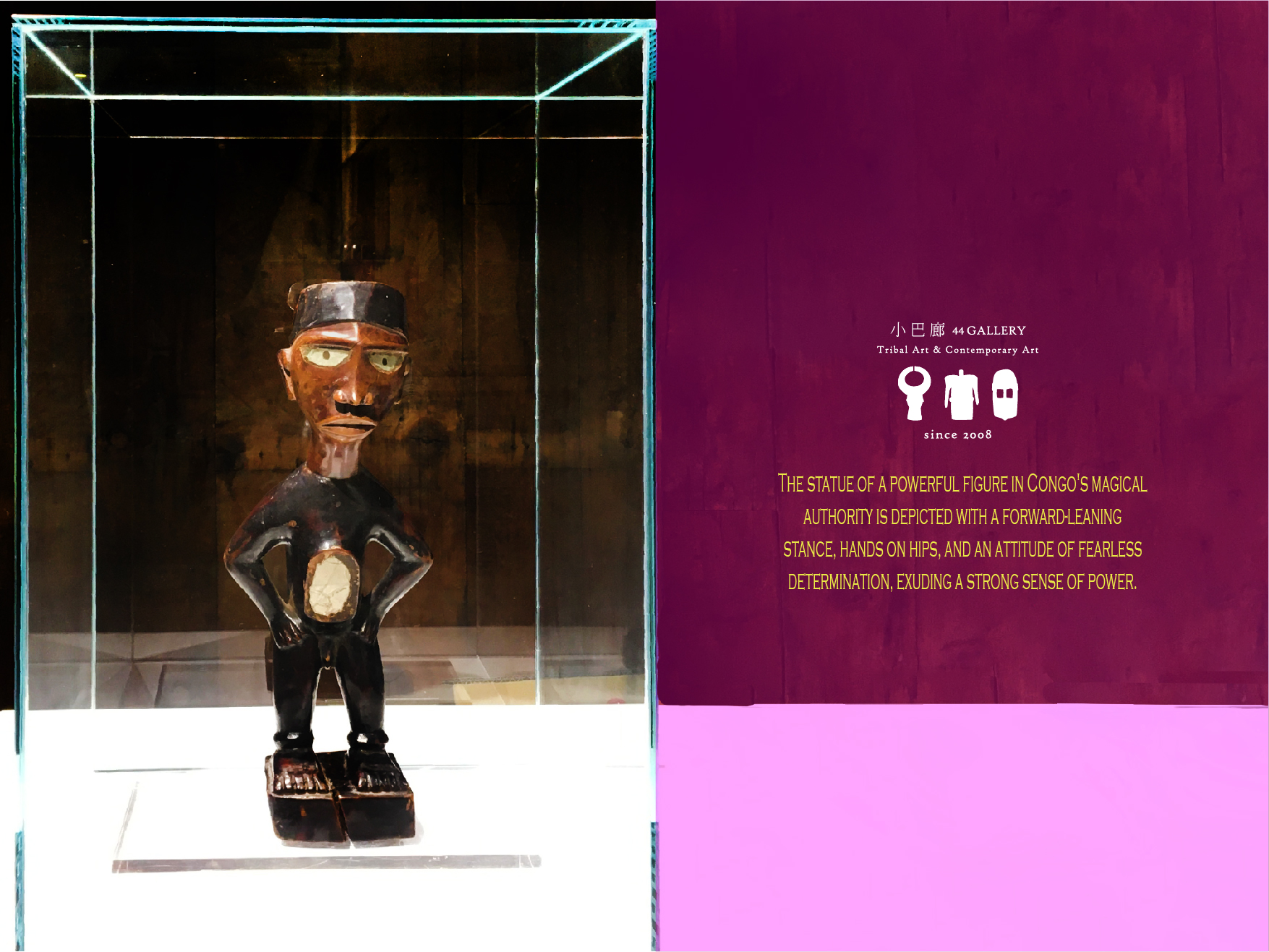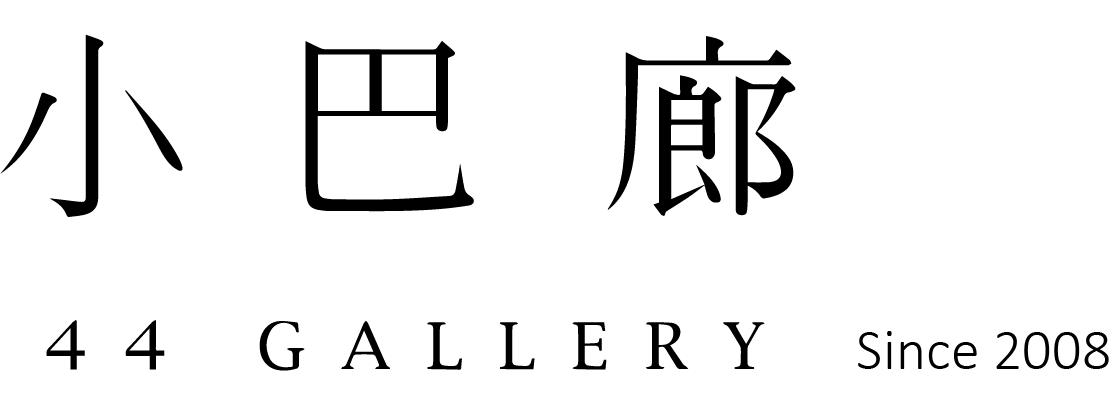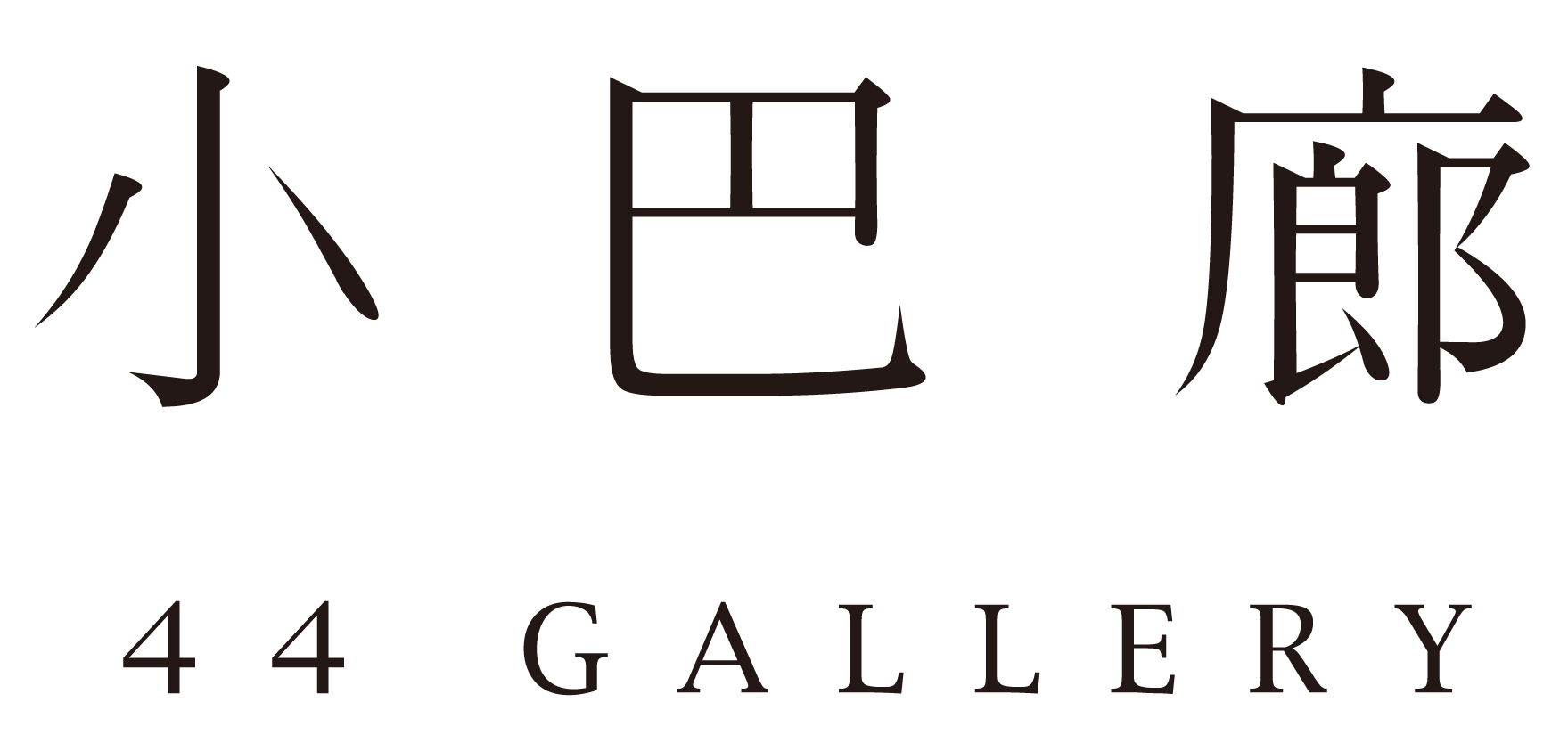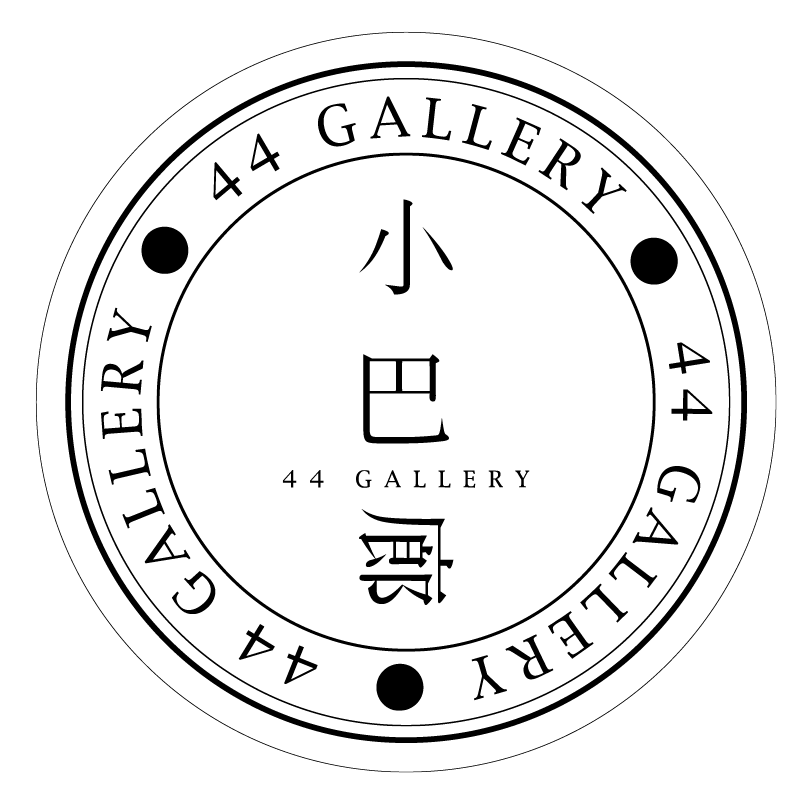Magic Power 剛果的力量
2024 / 3 / 9 – 4 / 3
在剛果藝術中,「魔法力量」(Magic Power)是一個相對重要的核心精神,通過雕像的形式得到了生動而豐富的表達。其深厚的文化底蘊,成為跨文化對話的亮點。
在2017年德國柏林的博德博物館以西方宗教對話為主題,巧妙地將剛果Nkisi雕像融入展覽,不僅呈現美學對比,更在不同文化之間建立起理解和共鳴的橋樑。 而法國巴黎的畫廊Galerie GRADIVA在2022年的展覽中,將巴斯奇亞(Jean-Michel Basquiat,1960 – 1988)的畫作與剛果雕像共同展出「超越比較」展覽,進一步凸顯了剛果Nkisi雕像的藝術價值和其與當代藝術的對話。這種跨越文化和時代的展出,不僅豐富了觀眾的視野,也凸顯了剛果Nkisi雕像在全球藝術舞台上的重要地位。
在剛果王國的鼎盛時期,這片土地展現出強大的中央集權政府,並擁有神聖的國王,建立了一個由各種層次的顧問、省長和村長組成的網絡,統治著龐大的人口。然而,葡萄牙的傳教士的到來改變了剛果國王的信仰,帶來了基督教的影響,並在傑赫拉以南建立了第一個基督教王國。也因此展現了剛果藝術,權力、信仰和性別交織的豐富面貌。雕像精湛的造型和細緻的裝飾反映著社會的複雜性,深刻地傳達著剛果文化中「魔法力量」的多層次意義。
在剛果雕像中,最獨特的主題之一是「權力人物」(Nkisi)。以其身體前傾、雙手叉腰的姿勢,以及無畏進取的態度,呈現出一種強烈的力量感。在這些雕像中,酋長或牧師戴著獨特的頭飾,寬大的軀幹中鑲嵌的各種金屬證明了其作為對其社區至關重要的事務的見證者和執行者的核心作用。它們記錄了誓言、簽署的條約以及消除邪惡的努力。最終,這項工作激發了人們對違反既定社會行為準則的後果的反思,這些元素共同構成了力量人物的鮮明形象。通過姿勢、鬍鬚、金屬裝飾等元素來展現其核心作用,如泥土、石頭、樹葉等,這些被特殊組合的材料能夠吸引和引導力量,用於治療、解決爭端、維護和平或懲罰違法者。
這次展覽「Magic Power剛果的力量 」精選出26件魔法人雕像,用不同物品混搭強烈的視覺衝擊是它最迷人的地方,也是剛果藝術裡最強壯的形象代表。
Magic Power: The Power of Congo Art
In Congolese art, "Magic Power" stands as a central, significant spiritual core, vividly expressed through sculptures. With its deep cultural roots, it has become a highlight in cross-cultural dialogues.
In 2017, the Bode Museum in Berlin showcased Congo's Nkisi statues within the theme of Western religious dialogue. This exhibition not only presented aesthetic contrasts but also built a bridge of understanding and resonance between different cultures.
Similarly, in 2022, the Galerie GRADIVA in Paris featured the works of Jean-Michel Basquiat alongside Congo sculptures in the exhibition "Beyond Comparison", further emphasizing the artistic value of Congo's Nkisi statues and their conversation with contemporary art. This cross-cultural and cross-temporal exhibition not only enriched the audience's perspective but also highlighted the prominent role of Congo's Nkisi statues on the global art stage.
At the height of the Kingdom of Congo, the region was governed by a powerful centralized government, with a sacred king at its helm. This monarchy was supported by a network of advisors, governors, and village chiefs ruling over a vast population. However, the arrival of Portuguese missionaries altered the faith of the Congolese king, bringing Christianity and establishing the first Christian kingdom south of the Zaire River. This shift revealed the rich intersection of art, power, belief, and gender in Congo, with the statues’ exquisite craftsmanship and intricate decorations reflecting the complexity of society and the multifaceted meaning of "Magic Power."
One of the most unique themes in Congo sculpture is the "Power Figure" (Nkisi). These statues, often depicted with a forward-leaning posture and hands on hips, exude a sense of formidable power. Chiefs or priests wear distinct headdresses, and their broad torsos are inlaid with metals, symbolizing their central role as witnesses and enforcers of vital community affairs. They serve as records of oaths, signed treaties, and efforts to ward off evil, prompting reflections on the consequences of violating social conduct norms.
The combination of posture, beard, metal adornments, and other elements like earth, stone, and leaves creates a striking visual impact, enhancing the ability to attract and channel power. These materials were intentionally combined to heal, resolve disputes, maintain peace, or punish wrongdoers.
The exhibition "Magic Power: The Power of Congo" showcases 26 such magical power figures, creating a powerful visual contrast with their eclectic mix of materials. This exhibition highlights one of the most compelling symbols in Congo art, offering a captivating glimpse into the strength and cultural depth of its iconic imagery.

